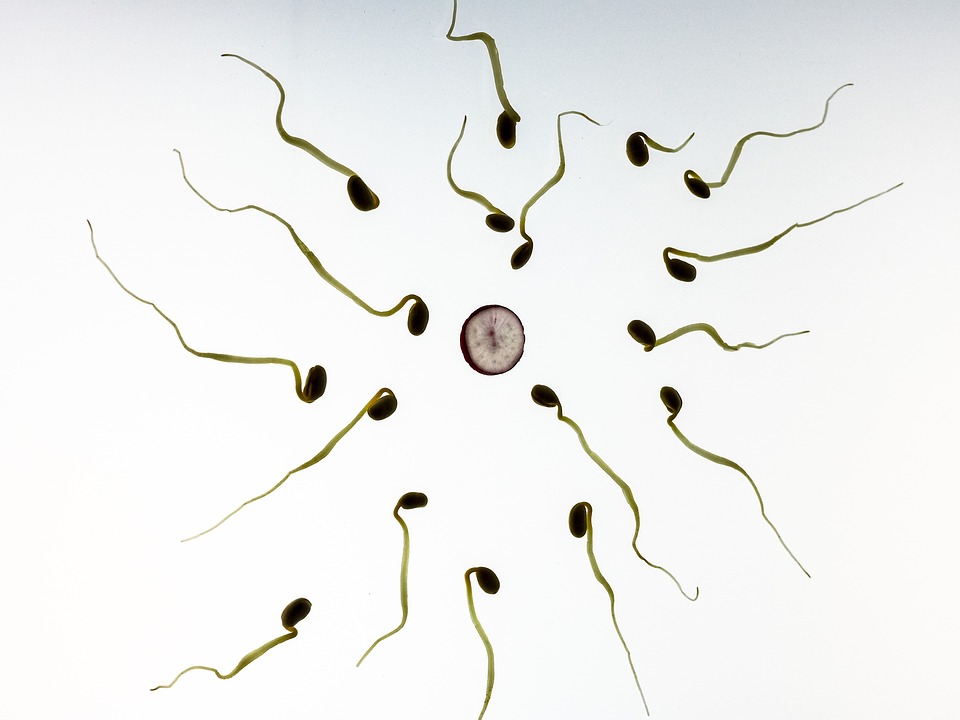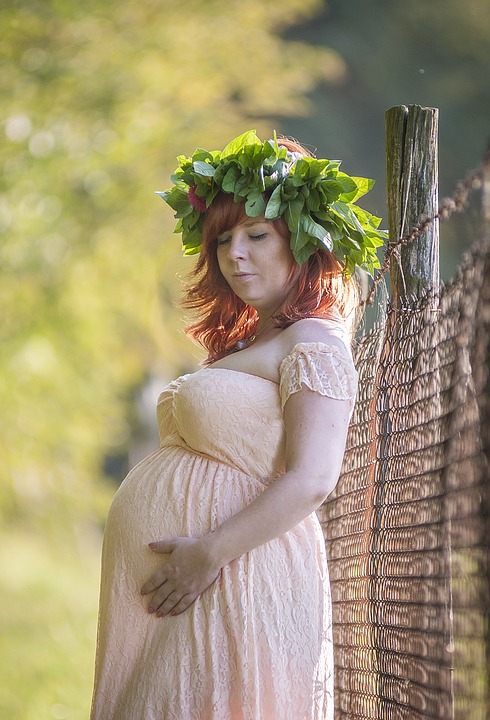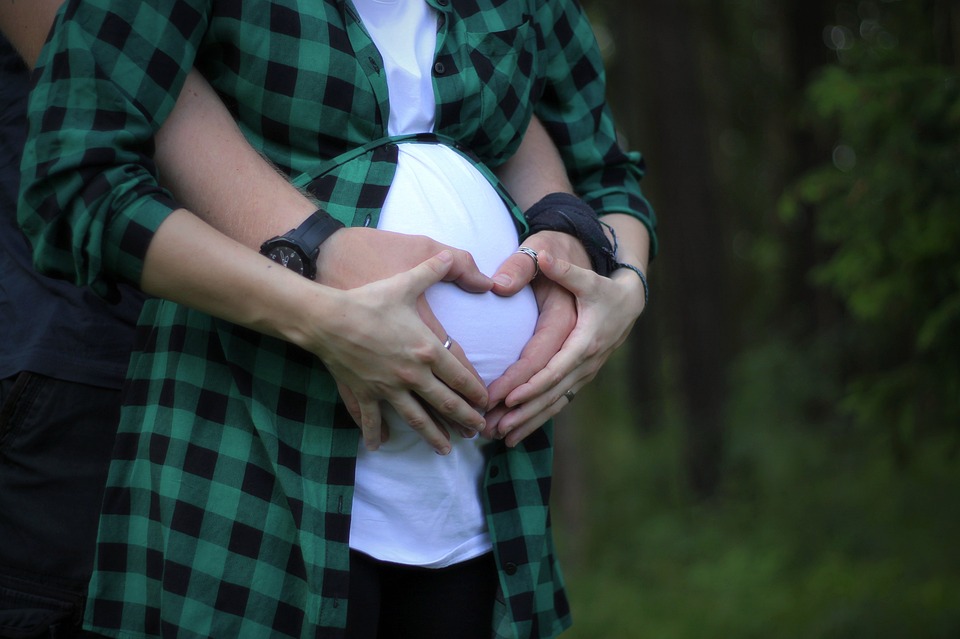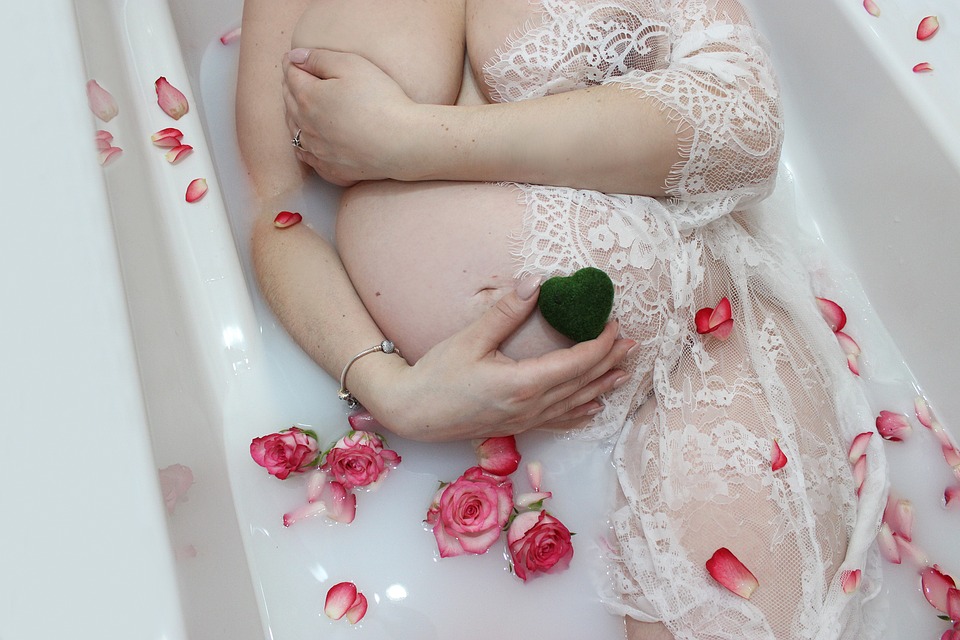
Pregnancy is a miraculous and complex process that is filled with numerous myths and misconceptions. With so much information available online and through word of mouth, it can be challenging to separate fact from fiction when it comes to pregnancy. In this article, we will explore and debunk some of the most common pregnancy myths, helping expectant mothers navigate their way through this exciting yet often confusing time.
Myth #1: You can’t exercise during pregnancy
One of the most prevalent myths surrounding pregnancy is that expectant mothers should avoid exercise at all costs. In reality, exercise is not only safe during pregnancy but can also be highly beneficial for both the mother and the baby. Staying active can help reduce the risk of gestational diabetes, improve overall mood, and even make labor and delivery easier. Of course, it’s important to consult with your healthcare provider before starting any new exercise regimen during pregnancy, and to avoid high-impact or strenuous workouts.
Myth #2: You can’t eat sushi or seafood during pregnancy
Another common myth is that pregnant women should avoid eating seafood, particularly raw fish like sushi, due to the risk of mercury poisoning. While it is true that some fish contain high levels of mercury, there are plenty of safe and healthy seafood options that can be enjoyed during pregnancy. In fact, seafood is an excellent source of protein and omega-3 fatty acids, which are essential for the development of the baby’s brain and nervous system. It’s important to choose low-mercury fish like salmon, shrimp, and tilapia, and to avoid raw or undercooked seafood to reduce the risk of foodborne illnesses.
Myth #3: You should eat for two during pregnancy
Contrary to popular belief, pregnancy is not a free pass to indulge in all your cravings and eat for two. While it is true that pregnant women require more nutrients and calories to support the growth and development of their baby, the old adage of “eating for two” is not helpful or healthy. In fact, overeating or consuming excessive amounts of unhealthy foods can lead to complications like gestational diabetes, high blood pressure, and excessive weight gain. Instead, focus on eating a balanced diet that includes plenty of fruits, vegetables, lean proteins, and whole grains, and listen to your body’s hunger cues to ensure you are getting the nutrients you and your baby need.
Myth #4: You shouldn’t dye your hair during pregnancy
Many women are led to believe that dyeing their hair during pregnancy can harm the baby or increase the risk of birth defects. While it is true that some hair dyes contain chemicals that may be harmful when inhaled or absorbed through the skin, the amount of dye that is actually absorbed into the bloodstream from a typical hair coloring treatment is minimal. As a precaution, some experts recommend waiting until the second trimester to dye your hair, when the risk of potential harm to the baby is lower. Additionally, using safer alternatives like ammonia-free or vegetable-based hair dyes can help minimize any potential risks.
Myth #5: You can’t travel during pregnancy
Another common misconception is that pregnant women should avoid all travel, especially long-distance or international trips, for fear of putting themselves or their baby at risk. In reality, most women can safely travel during pregnancy with a few precautions and considerations. It’s important to consult with your healthcare provider before making any travel plans, especially if you have a high-risk pregnancy or are experiencing complications. Additionally, it’s a good idea to stay hydrated, avoid foods that may cause digestive issues, and take regular breaks to stretch and walk around during long flights or car rides.
Myth #6: You can determine the baby’s gender by the shape of your belly
One of the most persistent myths surrounding pregnancy is the belief that the shape and size of a woman’s belly can reveal the gender of her baby. While it’s fun to speculate and make guesses based on old wives’ tales, the truth is that the shape of your belly is determined by a variety of factors, including the position of the baby, the mother’s body shape and muscle tone, and the number of previous pregnancies. The only way to accurately determine the baby’s gender is through ultrasound or genetic testing, so don’t put too much stock in the shape of your bump as a predictor of whether you’re having a boy or a girl.
Myth #7: You can’t have sex during pregnancy
Many couples are hesitant to engage in sexual activity during pregnancy due to fears of harming the baby or causing complications. In reality, sex is typically safe and even recommended for most pregnant women, as long as there are no underlying medical conditions or complications. In fact, sex during pregnancy can help strengthen the bond between partners, reduce stress and anxiety, and even improve blood flow to the baby. Of course, it’s important to communicate with your partner and listen to your body’s signals to ensure that you are comfortable and safe during sexual activity while pregnant.
Myth #8: You can’t take medications during pregnancy
Another common misconception is that pregnant women should avoid all medications, including over-the-counter drugs and prescription medications, during pregnancy. While it is true that some medications can be harmful to the developing baby, there are many safe and effective options that can be used to treat common pregnancy symptoms and conditions. It’s important to consult with your healthcare provider before taking any medications while pregnant, and to discuss the potential risks and benefits of each medication. In some cases, your doctor may recommend alternative treatments or lifestyle changes to help alleviate your symptoms without the need for medication.
Myth #9: You can’t drink caffeine during pregnancy
While excessive caffeine intake should be avoided during pregnancy, moderate consumption of caffeine is generally considered safe for most pregnant women. The American College of Obstetricians and Gynecologists recommends limiting caffeine intake to 200 milligrams per day, which is equivalent to about one 12-ounce cup of coffee. In moderation, caffeine can be enjoyed as part of a balanced diet and can help alleviate fatigue, improve focus, and even reduce the risk of certain pregnancy-related conditions like preeclampsia. It’s important to be mindful of the caffeine content in other sources like tea, chocolate, and energy drinks, and to consult with your healthcare provider if you have any concerns about your caffeine intake while pregnant.
Myth #10: You can’t have a natural birth after a cesarean section
Many women who have previously had a cesarean section are led to believe that they must have a repeat cesarean for all subsequent deliveries. While there are certainly risks and considerations to take into account when considering a vaginal birth after cesarean (VBAC), many women can successfully deliver vaginally after a previous cesarean. VBAC is a safe and viable option for many women, and can even reduce the risk of complications associated with multiple cesarean sections, such as infection, excessive bleeding, and placenta previa. It’s important to discuss your preferences and concerns with your healthcare provider, and to make an informed decision based on your individual circumstances and medical history.
In conclusion, pregnancy is a time of great excitement and joy, but it can also be a time of uncertainty and confusion, especially when it comes to navigating the myriad myths and misconceptions that abound. By educating yourself and seeking out reliable sources of information, you can empower yourself to make informed decisions that are best for you and your baby. Remember to consult with your healthcare provider for personalized guidance and support throughout your pregnancy journey, and don’t be afraid to ask questions, seek clarification, and advocate for yourself and your baby’s health and well-being. With the right knowledge and support, you can demystify common pregnancy myths and enjoy a safe, healthy, and fulfilling pregnancy experience.






